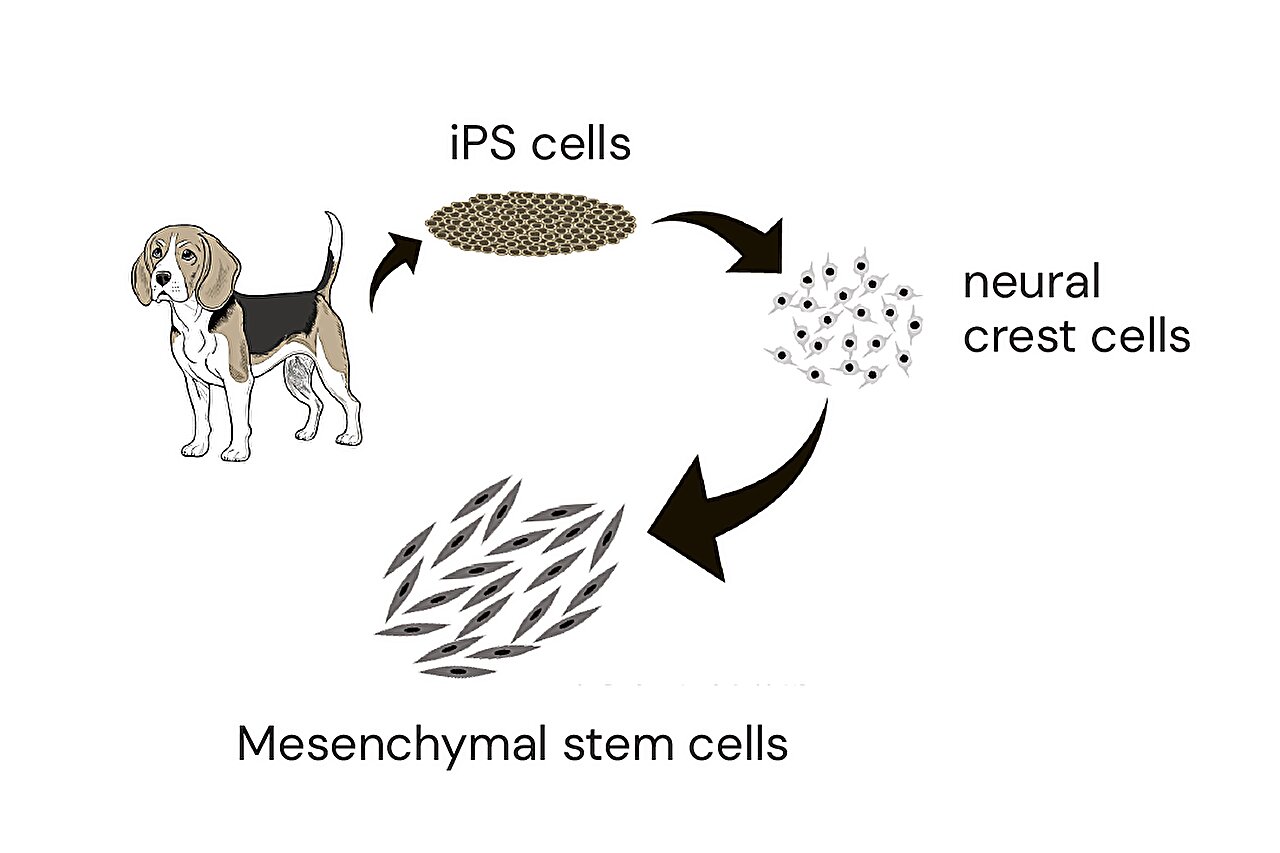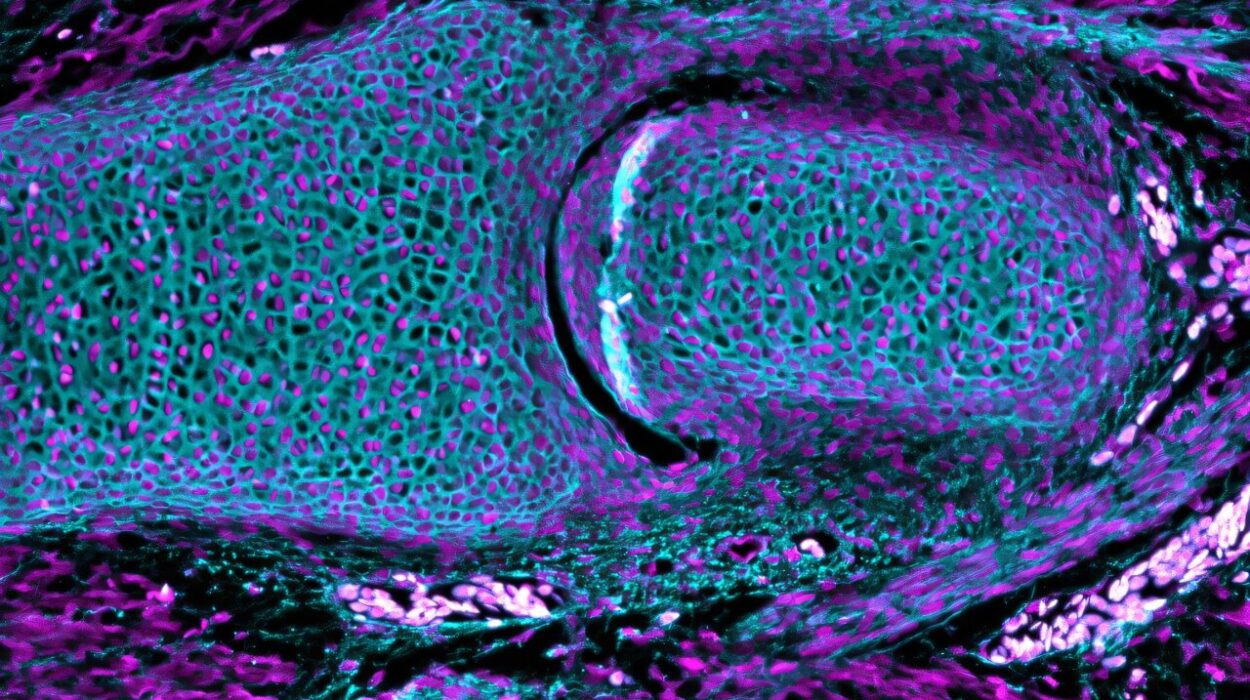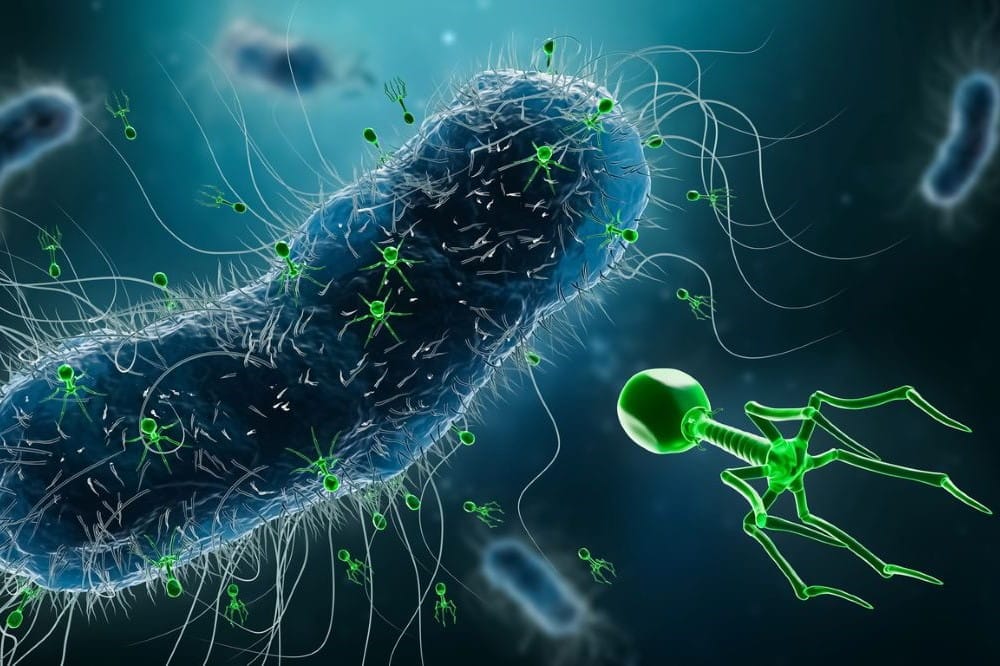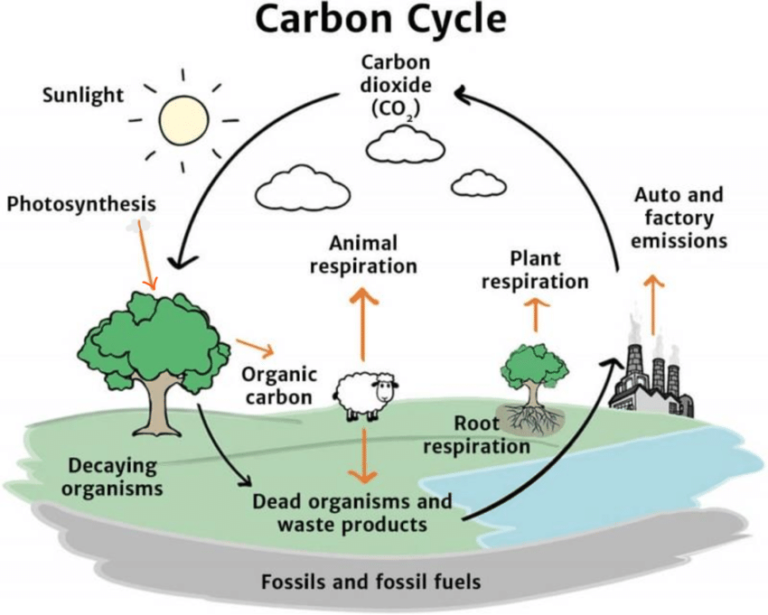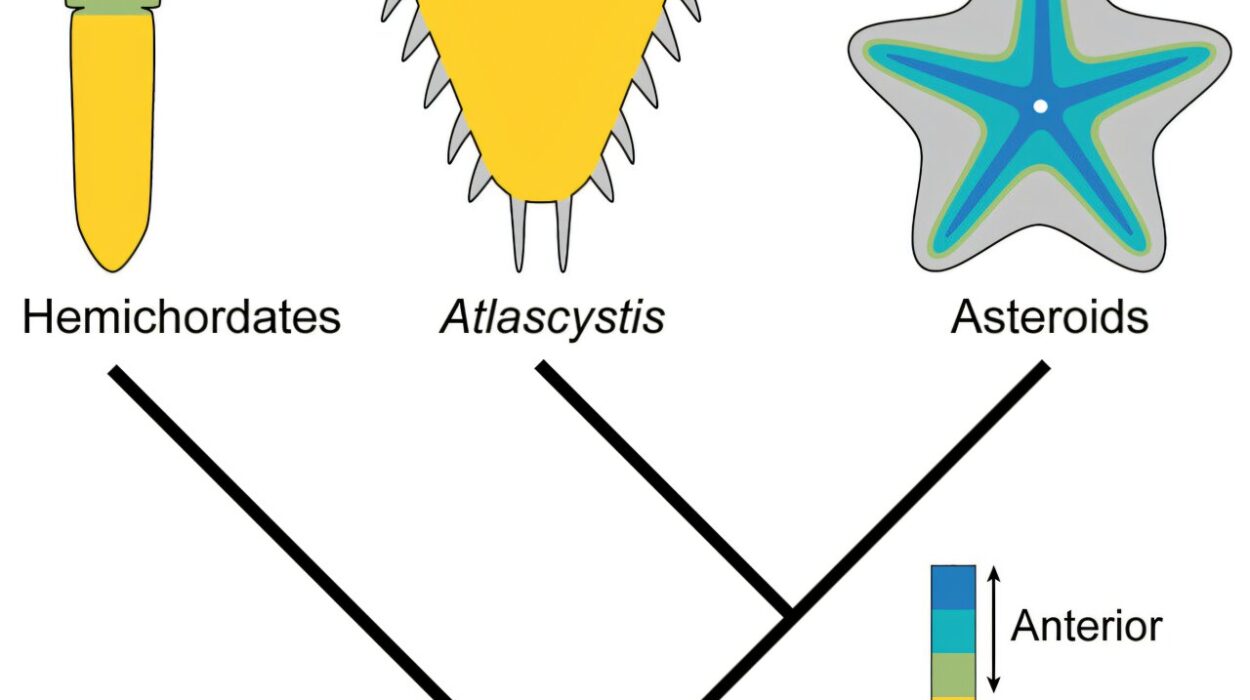In a quiet lab tucked inside Osaka Metropolitan University, a team of veterinary researchers has taken a dramatic step toward the future of regenerative medicine—not for humans this time, but for our four-legged companions. Their discovery? That a humble urine sample may hold the key to producing powerful stem cells capable of healing damaged tissues and calming inflamed immune systems in dogs.
The study, published in Regenerative Therapy, may sound technical at first glance. But behind the science lies a story of dedication, innovation, and the ever-growing bond between humans and animals.
The Promise of Mesenchymal Stem Cells—And Their Limits
For years, mesenchymal stem cells, or MSCs, have offered tantalizing promise in both human and veterinary medicine. These cells, which can be harvested from sources like fat or bone marrow, are prized for their anti-inflammatory and immune-modulating abilities. Whether helping a person recover from an autoimmune disease or easing joint pain in an aging Labrador, MSCs are among the most versatile tools in modern regenerative therapy.
But MSCs have a biological Achilles’ heel: they don’t multiply forever. With each round of cell division, they grow a little more tired, a little less effective. Even more frustratingly, their quality varies depending on where they come from and how old the donor is. In short, the very stem cells meant to bring healing are themselves limited by the conditions of their birth.
Scientists needed a better way to supply high-quality MSCs—cells that could be tailored, replicated, and ready when needed. That’s where the power of iPSCs comes in.
A New Frontier: Reprogramming Cells into Endless Potential
Induced pluripotent stem cells (iPSCs) are among the most exciting developments in biomedical science in the last two decades. First created in 2006 by Japanese scientist Shinya Yamanaka, these cells are made by reprogramming ordinary somatic cells—like skin, blood, or even urine cells—back into a stem-like state. Once reverted, they can theoretically become any cell in the body.
More importantly, iPSCs have virtually unlimited growth potential. Scientists can create large quantities of specialized cells from a single sample—be it nerve cells, heart cells, or in this case, mesenchymal stem cells.
But while human iPSC research has blossomed, work in veterinary species—especially dogs—has lagged behind. Until now.
From Urine to Healing Cells: A Canine Innovation
Led by Professor Shingo Hatoya and Dr. Masaya Tsukamoto of Osaka Metropolitan University’s Graduate School of Veterinary Science, the research team set out to explore the largely uncharted territory of canine iPSCs.
Their goal was ambitious: to find the most effective way to generate canine MSCs using iPSCs derived from common somatic cells. In their study, they reprogrammed four different types of canine cells—including skin cells, blood cells, and notably, urine cells—into iPSCs. They then used a method adapted from human stem cell research to coax these iPSCs into becoming MSCs.
The results were both promising and surprising. Not only did they successfully create canine MSCs that met the criteria for identity and function, but they also discovered that the highest quality MSCs—with the best proliferation capacity and marker expression—came from cells originally collected from dog urine.
Yes, you read that right: pee.
Why Urine? The Power in the Unexpected
At first glance, urine might seem an unlikely candidate for regenerative medicine. But urine-derived cells have already proven useful in human iPSC research. They’re easy to collect, non-invasive to obtain, and for reasons still being explored, they reprogram efficiently.
The team’s discovery that canine urine cells perform just as well—or even better—than other sources opens the door to a whole new way of producing therapeutic stem cells for dogs. For owners, it could mean that a simple urine sample from a beloved pet could be turned into a personalized supply of healing cells.
“The establishment of a method for producing highly proliferative canine MSCs is expected to advance regenerative veterinary medicine,” said Dr. Tsukamoto, who co-authored the study.
Professor Hatoya emphasized the road ahead: “Going forward, we plan to conduct further verification of the immune regulatory and therapeutic effects of MSCs produced from canine iPS cells.”
Hope for Canine Diseases—and a Model for Human Therapies
The implications of the study are profound. Dogs suffer from many of the same chronic and degenerative diseases that humans do—arthritis, autoimmune conditions, organ failure. If MSCs derived from iPSCs can be used to treat these conditions safely and effectively in dogs, it could revolutionize veterinary care.
But the benefits might not stop there.
Dogs are often used as translational models in biomedical research due to their physiological and genetic similarities to humans. Success in canine regenerative therapies could also accelerate parallel developments in human medicine. If canine iPSC-derived MSCs prove safe and effective in large-scale trials, it would boost confidence in similar approaches for people.
In this way, man’s best friend could once again help humanity heal itself.
Toward a Future of Tailored Veterinary Medicine
Stem cell therapies are already being used in some veterinary clinics, especially for orthopedic conditions like hip dysplasia and torn ligaments. But these treatments often rely on autologous cells—those taken from the animal’s own body—and require invasive procedures.
By creating a stable bank of iPSC-derived MSCs, clinics could one day offer off-the-shelf cell therapies for a range of conditions, personalized to each dog’s genetic profile. The process would be less invasive, more consistent, and potentially more affordable.
The researchers at Osaka Metropolitan University believe that this approach could not only treat disease but also one day be used to prevent it—administering MSCs early in life to dogs at risk for certain genetic conditions, calming immune dysfunction before it spirals into illness.
A Compassionate Science Rooted in Curiosity
What makes this research so compelling is not just the technical achievement—it’s the compassionate vision that drives it. The bond between humans and dogs is one of the oldest and most profound in the natural world. They work with us, live with us, grieve with us, age with us. That scientists would dedicate their lives to easing canine suffering is a reflection of that shared journey.
And in doing so, they may uncover truths that benefit all species.
Science, at its best, is an act of empathy as much as intellect. It asks not just how, but why—and for whom. In this case, it asks how we might use the humble cells of the body to write a new story of healing, for pets and people alike.
From the rim of a dog’s water bowl to the edge of a microscope slide, the future of regenerative medicine may be unfolding in places we never thought to look.
Reference: Masaya Tsukamoto et al, Generation of canine induced pluripotent stem cell-derived mesenchymal stem cells: Comparison of differentiation strategies and cell origins, Regenerative Therapy (2025). DOI: 10.1016/j.reth.2025.05.008
